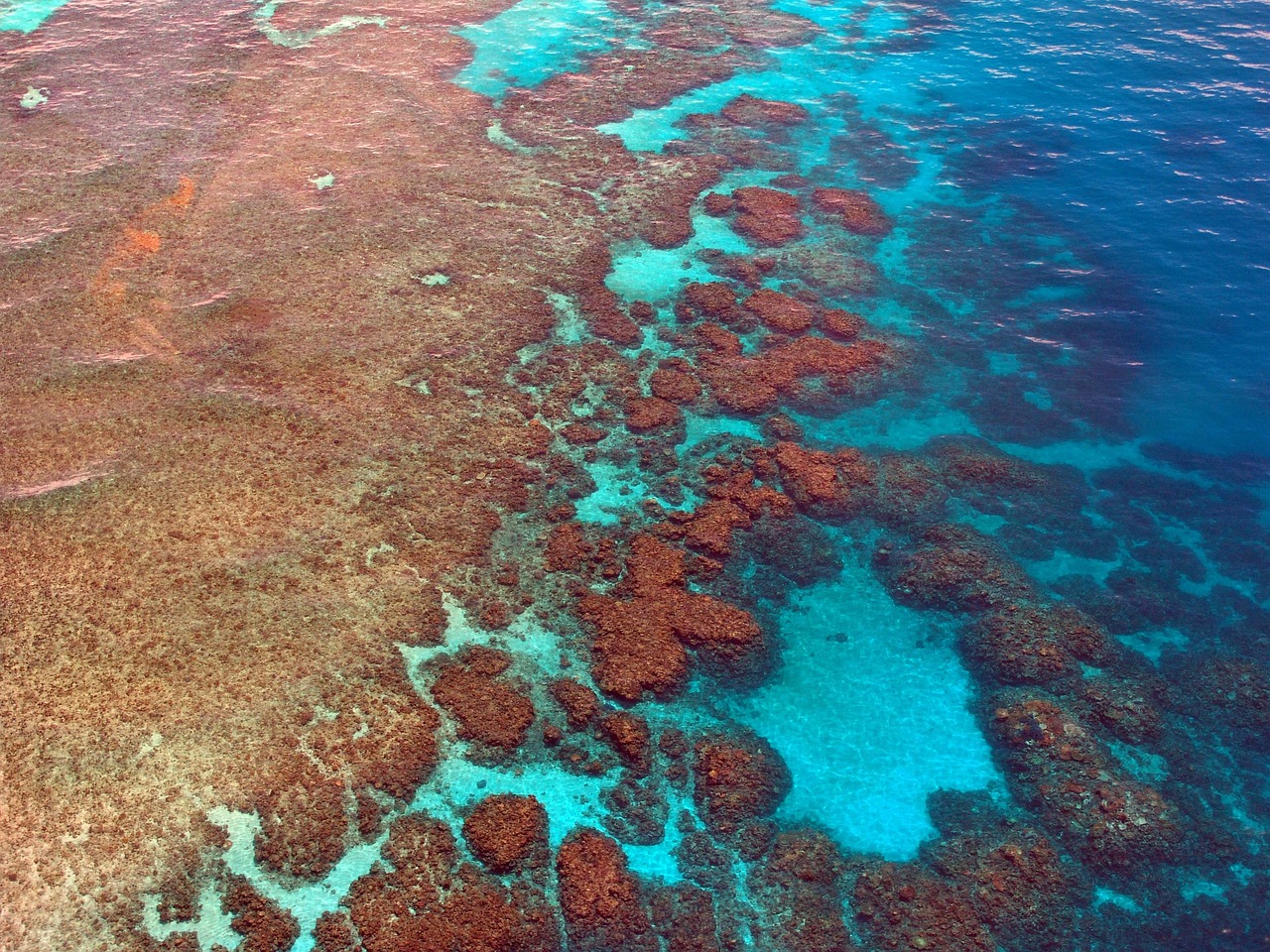Media release
From:
Australian marine environments face shock 2040 deadline
New research has found that even Australia’s most protected marine habitats are likely to suffer extreme ocean impacts by 2040, increasing threats to thousands of plant and animal species.
The University of the Sunshine Coast team found that climate change will mean ocean conditions considered “extreme” today will become “the new normal” in just 15 years.
“This unprecedented scenario will create warmer waters with higher acidity and lower oxygen levels, at the mercy of more frequent and intense marine heatwaves,” said lead author Alice Pidd.
“Worryingly, this timeline will apply to even key marine refuges around the continent that support biodiversity owing to their slower-changing conditions.”
The study, published overnight in the journal Earth’s Future, assessed the exposure of Marine Protected Areas (MPAs) to the effects of climate change this century.
MPAs, which comprise about half of Australia’s seven million square kilometres of marine estate, are legally designated to conserve biodiversity in vital habitats such as coral reefs, kelp forests, seagrass beds and mangroves.
Co-author UniSC Professor David Schoeman said the modelling study was based on future global warming scenarios including a conservative rise of 1.8 degrees Celsius this century, and that warming beyond this threshold would have increasingly severe consequences.
“It is the first comprehensive assessment of projected climate change exposure across Australia’s entire marine estate with an emphasis on MPAs, and the results are unfortunately not surprising,” Professor Schoeman said.
“The results showed that MPAs will be as vulnerable as unprotected ocean areas when faced with rapid warming, oxygen loss, acidification and heatwaves.”
Ms Pidd, a former fisheries researcher now undertaking a PhD in quantitative marine ecology at UniSC, said MPAs off north-western and eastern Australia were the most vulnerable.
“MPAs are important tools in reducing the impacts of human activities such as fishing, shipping, mining and tourism, but they weren’t designed with the realities of climate change in mind, and their location alone won’t protect them from its impacts,” she said.
PhD supervisor and co-author Associate Professor Kylie Scales said highly protected marine areas were also refuges for wildlife including whales, sharks, turtles and commercial fish species such as billfish and tuna, supporting sustainable fisheries and biodiversity conservation.
The team called for urgent, aggressive action on reducing carbon emissions to try to delay or partly limit the projected climate impacts.
“The Australian Government’s recent commitment to cut emissions by 62 to 70 percent by 2035 is a good start but not enough to reverse the trends we describe,” she said.
Ms Pidd said a rapid reduction in carbon emissions could allow some marine refuges to re-emerge after 2060 but was unlikely to stop the process.
“We have already crossed several climate tipping points. Biodiversity will need to adapt.
“We recommend the design and extension of climate-smart MPAs that are robust to future ocean climate, to safeguard species already on the move in our waters because of current changes.”
Professor Schoeman said, “The past is no longer a good guide to the future, and this is applicable to the oceans warming across the globe.
“It’s heartening to see increased national and global momentum for ocean protection, including the ratification of the United Nations High Seas Treaty, which will come into force internationally from 26 January 2026.
“This will enable the creation of MPAs in the two-thirds of the world’s oceans that are beyond national jurisdiction. The world must keep this momentum.”
The University of Queensland’s Professor Anthony Richardson also co-authored the paper.



 Australia; QLD
Australia; QLD


